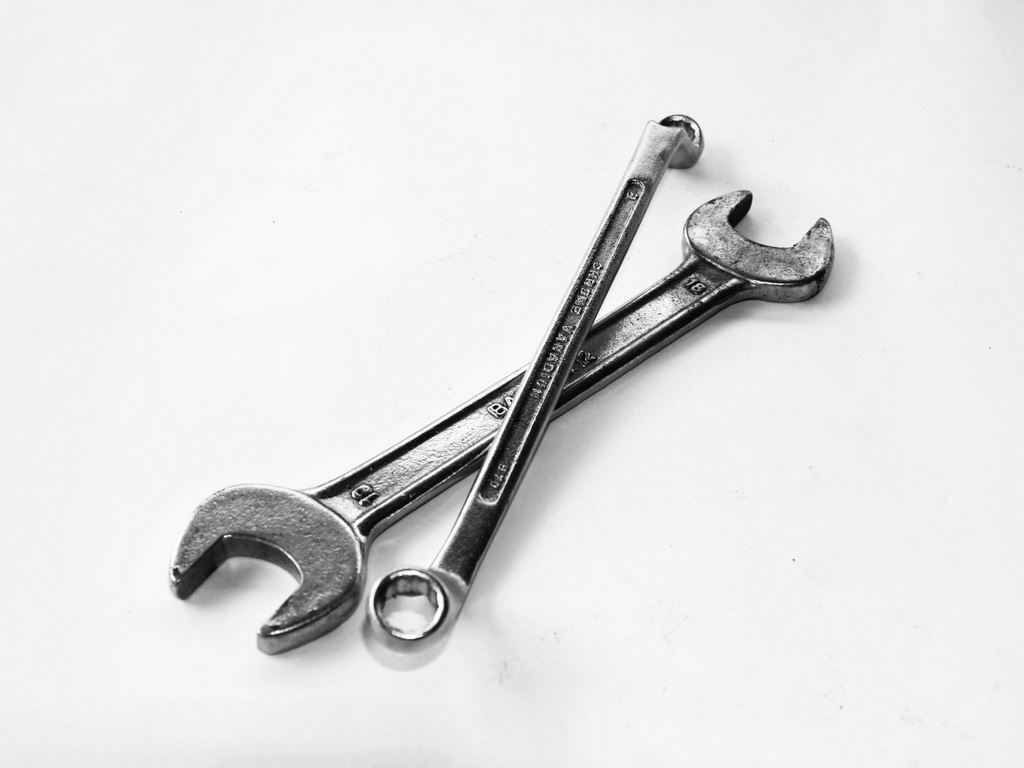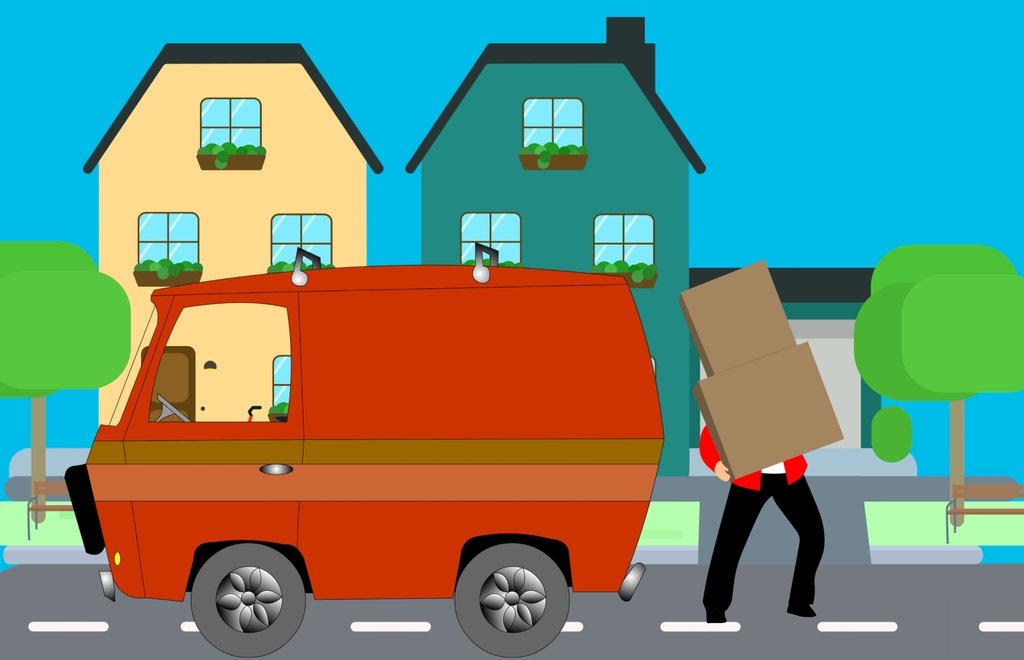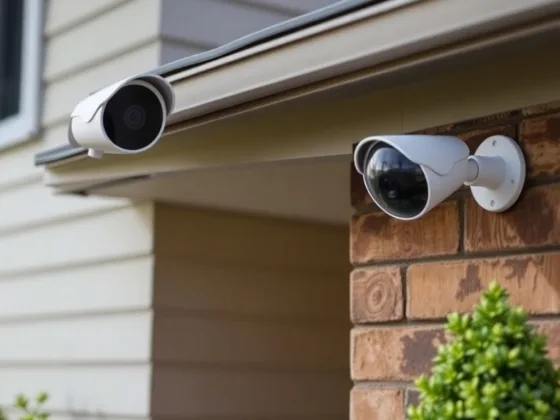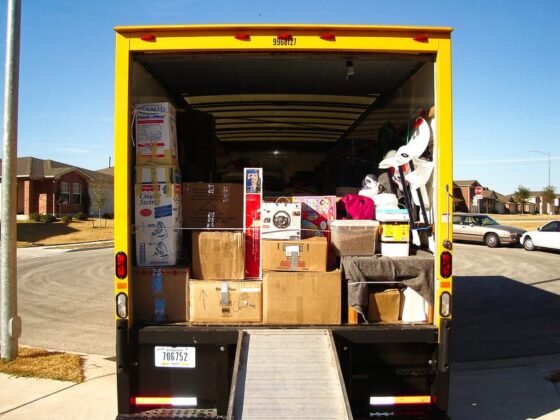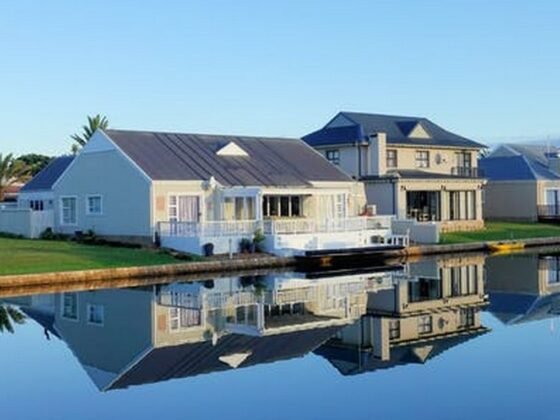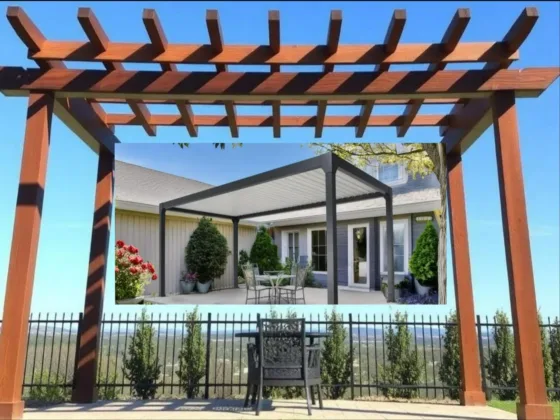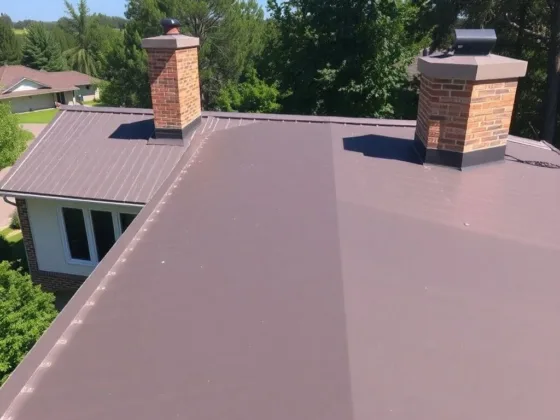There are many different types of HVAC systems.
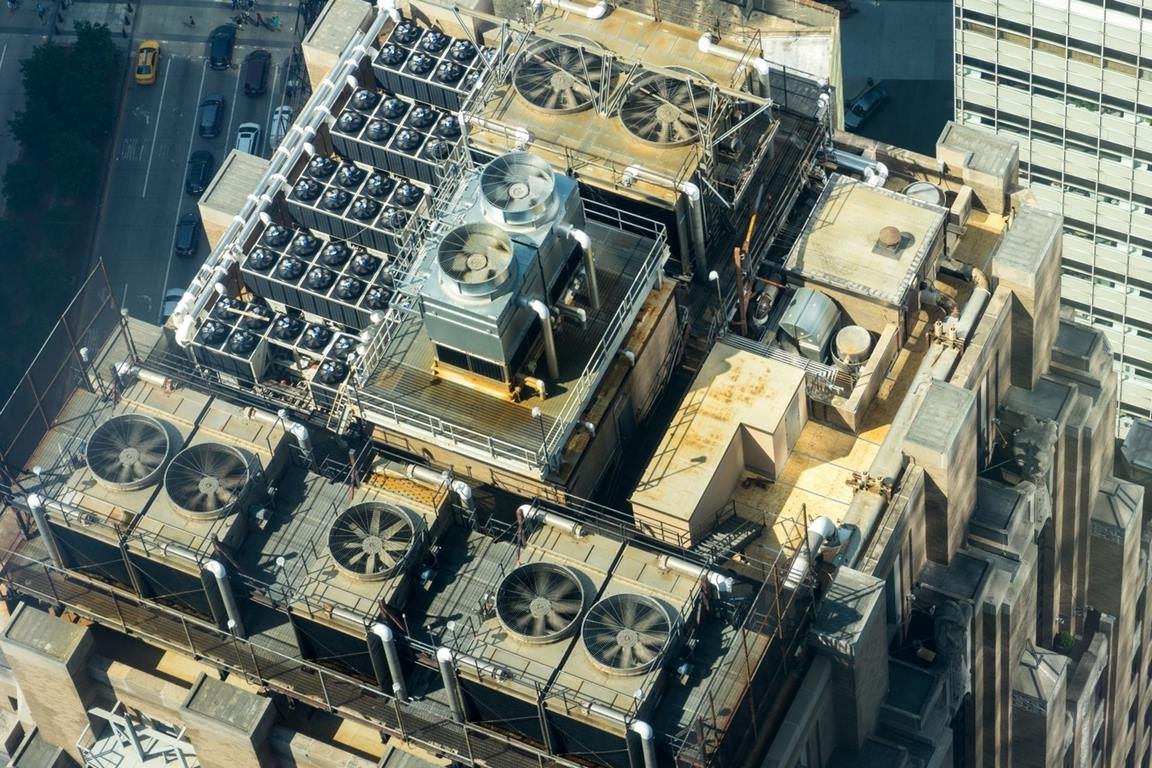
Heating
When you think of heating and air conditioning, you probably associate the term with the indoor climate. In reality, there are several different systems, and the type you choose will depend on a variety of factors, including the age of the building, climate, and the preferences of the building owner and designer.
Your budget and the architectural design of your building are also factors. But before you start shopping around for the best system, consider a few tips.
These systems control temperature, humidity, and air purity, which are all important for human comfort. Click here for information from the Mayo Clinic about comfortable humidity levels in homes. This technology is complex and extensive, and can break down quickly, which is why it’s important to use a professional to service it.
These systems have nine separate parts: air return, ducts, filters, coils, and electrical elements. If you have a problem with a particular component, your system will likely require more work to repair it.
Another type of system is the local one. These systems are smaller than the central ones and serve individual zones. Local systems are often part of a larger, full-building cooling system.
HVAC systems can be divided into local and central systems based on their location and their equipment. There are two primary types of HVAC systems: central and local. They can serve multiple zones or only one.
Both are important to achieving comfortable indoor climates. You can further divide these systems into air-water and all-water HVAC systems. The former type is often called heat pump and doesn’t require ductwork.
Read Also:
Ventilation
The main function of HVAC is ventilation, according to the American Society of Heating, Refrigeration and Air Conditioning Engineers (ASHRAE). Click here to visit their website. Without proper ventilation, spaces can become stuffy and trap poisons and foreign substances.
For this reason, ASHRAE has established a list of ventilation needs. Mechanical ventilation is a necessary element of today’s homes, business buildings, and commercial structures. This article will explore how mechanical ventilation can improve air quality and efficiency in buildings.
HVAC systems also incorporate mechanical ventilation. This allows air to circulate in the space, thereby improving air quality and reducing energy consumption. HVAC systems are becoming increasingly sophisticated with the help of software, such as EMS (Energy Management System).
Air Conditioning
The term HVAC stands for heating and ventilation. The first type of HVAC provides healthy indoor air while the other removes humidity and cools the outside air. A fan, which circulates air throughout an area, is an effective heating and cooling solution.
Ceiling or floor fans circulate air throughout an area, which is an effective way to keep a room cool or warm. But if you don’t have an air conditioning unit, you can use a fan for both heating and cooling.
In addition to residential structures, air conditioning is important in medium-sized industrial buildings, large office buildings, hospitals, vehicles, and marine environments. Air conditioning systems are essential for controlling temperature and humidity.
The systems utilize the fresh air from outside to help maintain a comfortable environment. If you’re looking for HVAC Chesapeake VA repair, make sure to choose a reputable company. This will ensure that your system is properly serviced.
Another type of study investigated the benefits of a dynamic control strategy for variable air volume air conditioning. This method employed genetic algorithms and simulated large office buildings. The authors found that these methods significantly reduced energy use.
The optimal control strategies employed by Song et al. were also more efficient than their counterparts. For example, the optimal control strategy in a building’s system reduced electricity consumption and increased occupant comfort. In contrast, the optimal control strategies employed by Mossolly et al. reduced power consumption while maintaining comfort.
A technician is required to understand the workings of each part of the system. Cooling systems are similar to centralized and split air conditioning systems. They both include an outdoor unit that houses a compressor and condenser, as well as an indoor unit with an evaporator coil, blower motor, and sensors. They use ducts to draw warm air in and exhaust hot air outside. These air conditioning systems can help you control both indoor and outdoor temperatures.
